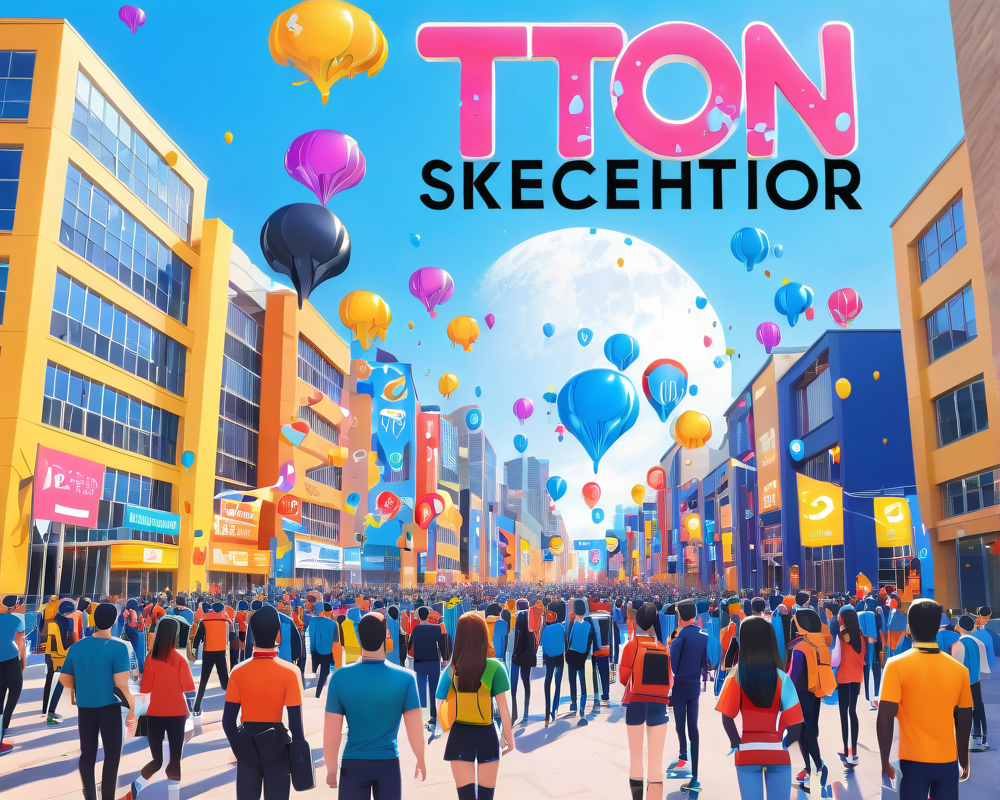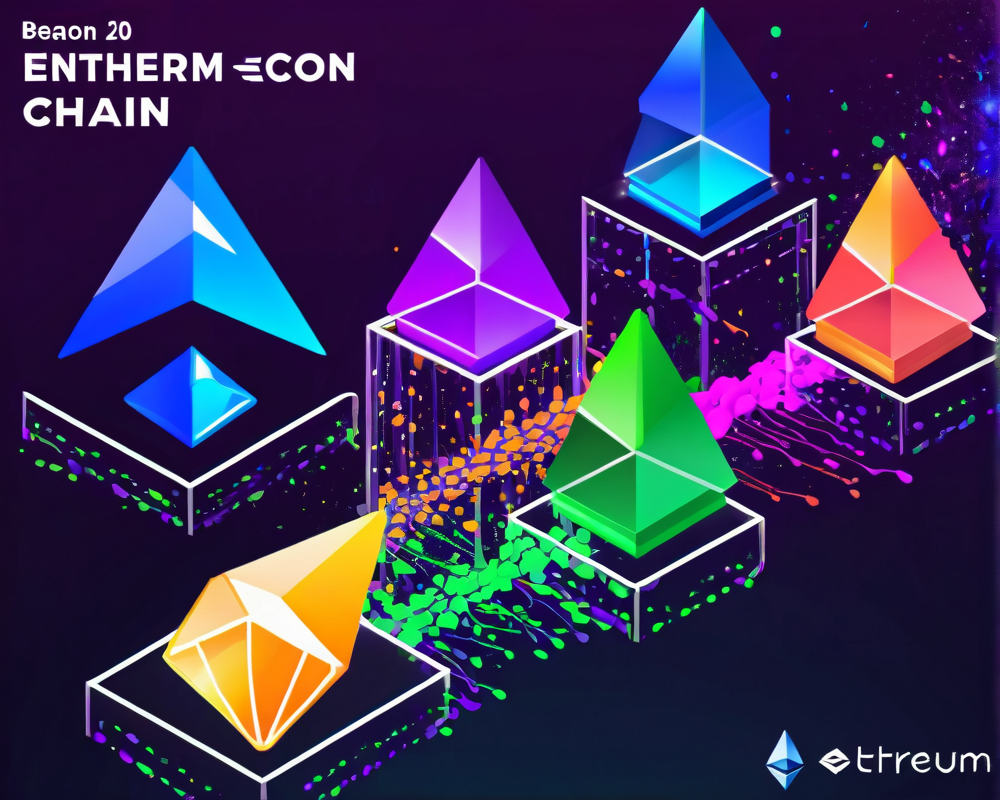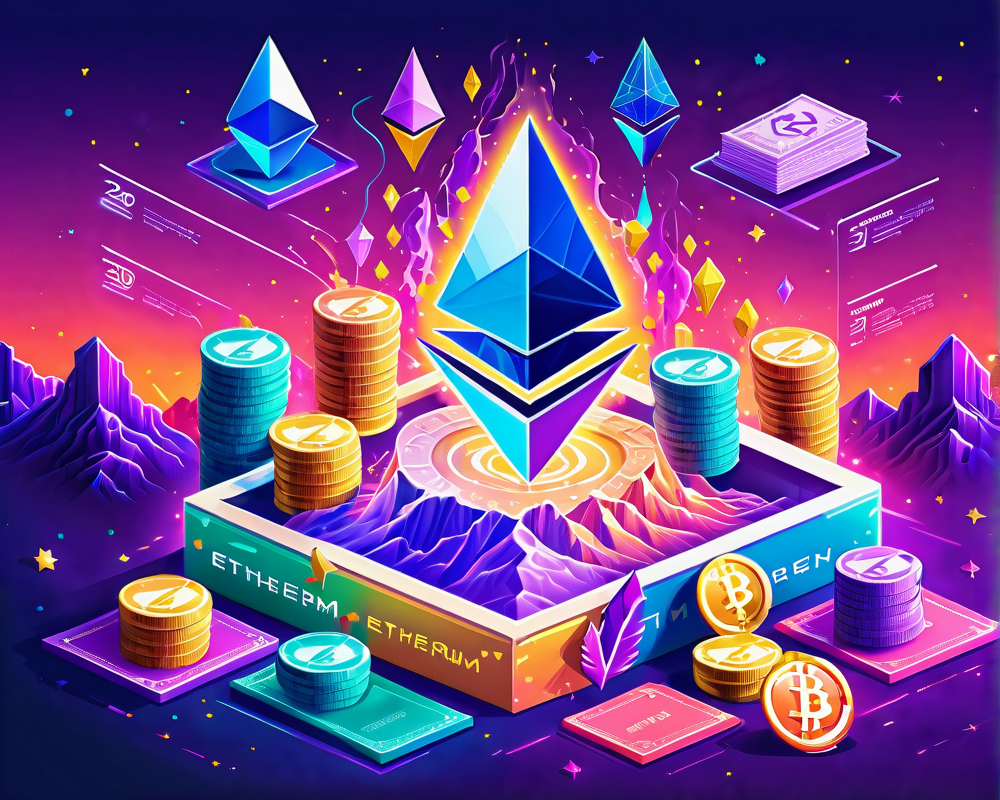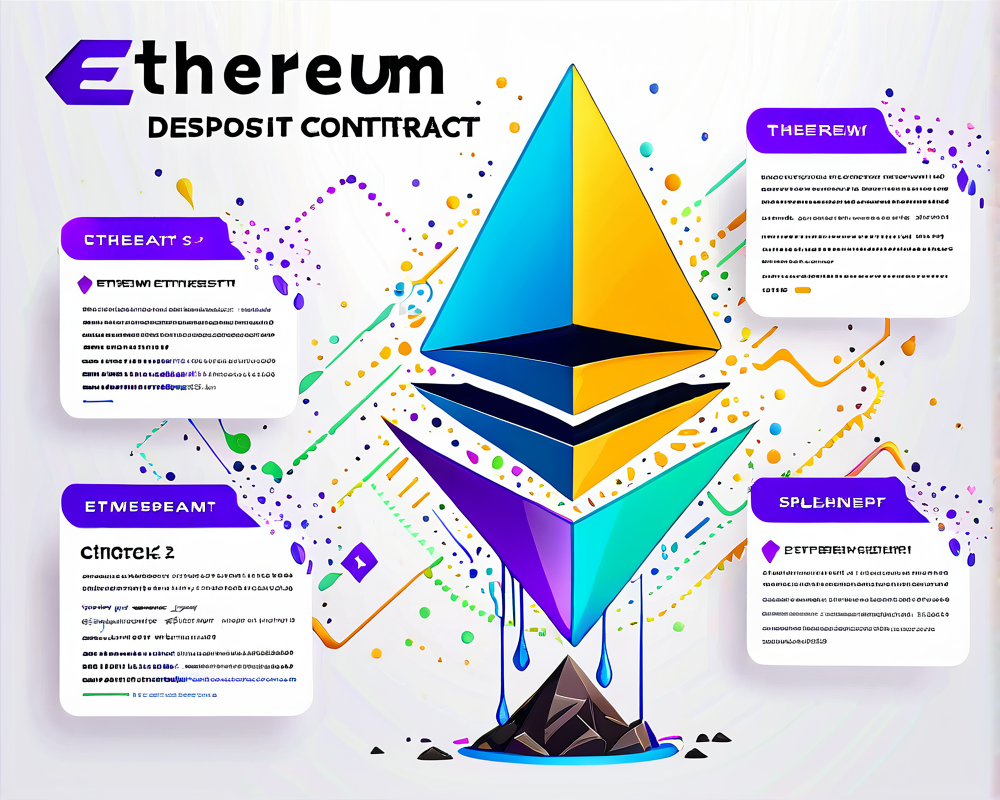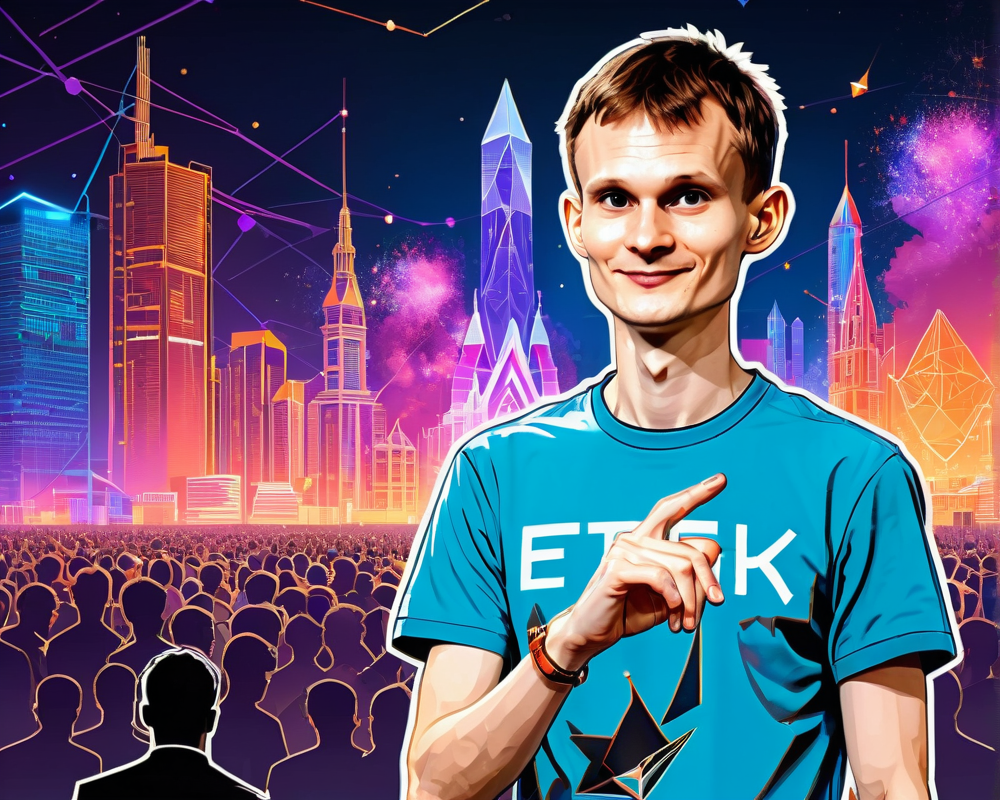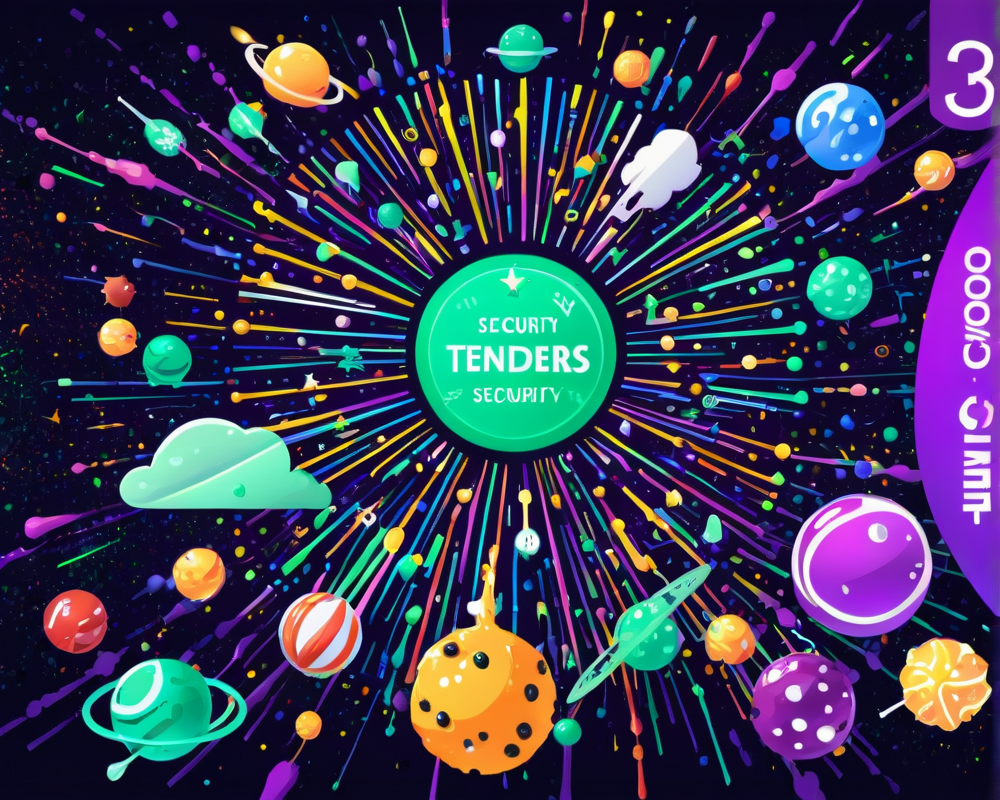Free TON Takes Decentralization to New Heights with Validator Expansion
Discover how Free TON is leading the charge in blockchain decentralization with over 440 validators and 0.2-second block times.
Ethereum 2.0 Beacon Chain Launch: What You Need to Know
Discover the details of Ethereum 2.0’s beacon chain launch on Dec. 1 and what it means for the future of blockchain.
The Road Ahead: Ethereum 2.0 and Its Quest for Scalability
Explore Ethereum 2.0’s journey towards scalability, the role of staking, and the impact of layer-two solutions.
Ethereum 2.0 Deposit Contract at $22 Million: A Race Against Time
As Ethereum 2.0 launches, the deposit contract sits at $22 million. Will the community reach the $230 million goal in time?
Ethereum 2.0 Deposit Contract: A New Era for Staking Begins
The Ethereum 2.0 deposit contract is live, offering staking opportunities. Learn about the requirements and investor hesitance.
Bug Uncovered in Tendermint Algorithm by Bluzelle: What It Means for Decentralized Networks
Bluzelle’s recent bug discovery in the Tendermint algorithm during a validator competition raises important concerns for decentralized networks. Read more!
Free TON Launches Community Contests with Rewards in TON Crystals
Join the Free TON community contests starting Monday to win TON Crystals! Open to developers, users, and validators—get involved now!
Vitalik Buterin’s Bold Vision: Transitioning to Ethereum 2.0 Faster Than Ever
Discover Vitalik Buterin’s alternative proposal for a speedy transition to Ethereum 2.0 and its implications for validators and transaction costs.
Cosmos Uncovers Major Security Flaw in Tendermint Core: Update Urgently Needed
Cosmos discloses a high-severity Tendermint Core vulnerability, urging immediate updates for all validators. Discover the impacts on blockchain interoperability.
Stellar Proposes Removal of Inflation Mechanism in Major Upgrade
Stellar plans to eliminate its inflation mechanism in version 12, inviting validators to vote on this critical change. What does it mean for the future of XLM?
